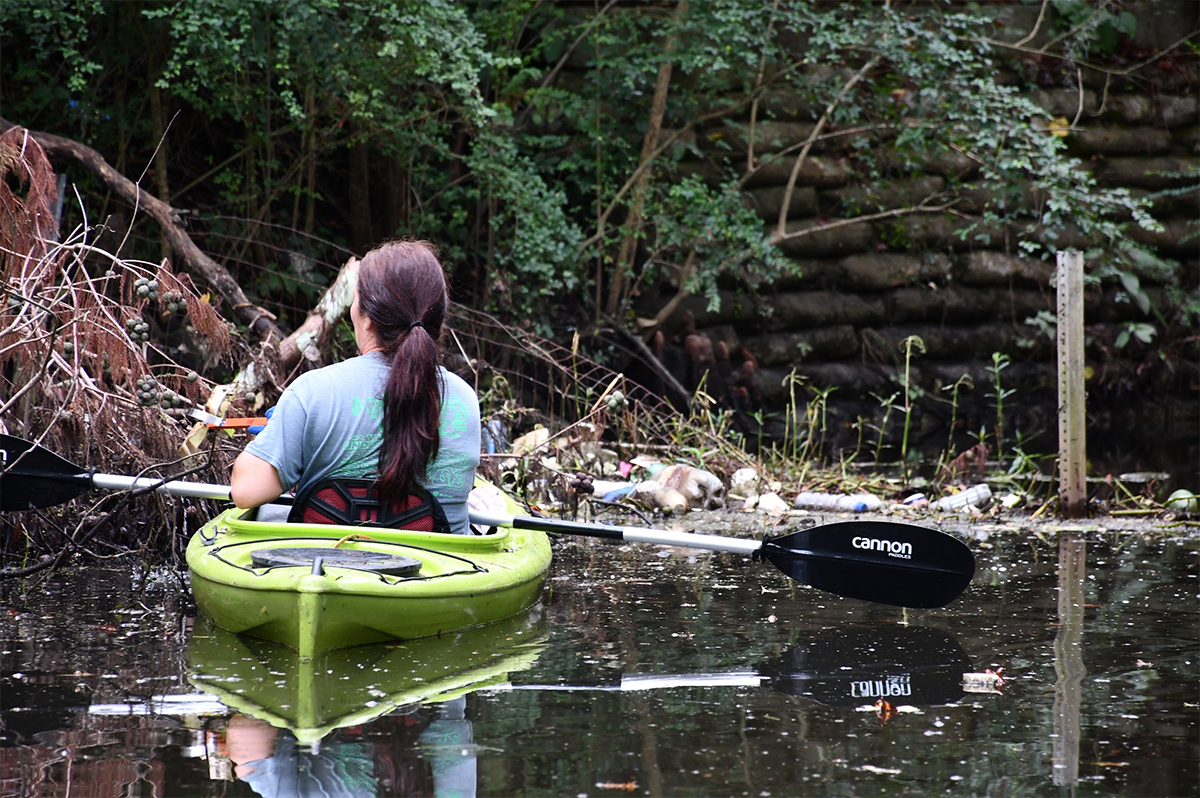
While many extoll the benefits and virtues of recycling, we have become a nation of complacent recyclers.
Each week we sort the things that can be recycled from the things that cannot, and roll our bins out to the street where they are collected and further sorted before being hauled off to commercial recycling facilities. We pat ourselves on the back for doing something for the environment.
Supporter Spotlight
Too frequently, however, we simply forget or we place our plastic in the wrong container. Perhaps on the way to a recycling facility, a plastic bottle slips out of the can or a storm knocks over the bin. That plastic bottle will begin a long, and unfortunately uninterrupted journey to its final destination — a swirling gyre of garbage in the middle of the ocean, part of 8 million tons of plastic that makes its way into our oceans each year.
We are beginning to understand just how disastrous these floating garbage patches –some twice the size of Texas — are to the global ecosystem and consequentially, our own health.

The overlooked connection is happening in our own backyards. Plastics are funneled toward major bodies of water by an immense system of urban storm drains, small ditches and creeks, and eventually rivers, before being emptied into the world’s oceans.
During this journey, plastic bottles, bags, wrappers and packaging are broken down by UV exposure and abrasion. Large plastic litter turns into microplastic pollution — small pieces of plastic less than five millimeters long that are especially harmful to aquatic life, causing issues ranging from reproduction impairment to death.

Once ingested, microplastics also begin working their way up the food chain toward our dinner plates, bringing a laundry list of chemicals with them.
Supporter Spotlight
The stark reality is that no place on earth is immune to this problem, least of all here in North Carolina. With 300 miles of beaches, the North Carolina coast supports an economy of more than 62,000 jobs and $3.1 billion in GDP in fishing, tourism and recreation, according to Oceana.
Plastic pollution that enters the ocean from our state’s rivers affects those industries by reducing the fish populations and fouling the beaches and swimming water. If we want to have viable industries, clean water and a stable environment for future generations –we must act now.

Waterkeepers Carolina, a coalition of Riverkeepers and Waterkeepers across North Carolina, has begun working with partners including the Plastic Ocean Project and the Duke Environmental Law and Policy Clinic on a two-year project to collect surface water and sediment samples for a year to better understand the volume of macro- and microplastic pollution in North Carolina’s streams, rivers, lakes, and bays.
In the second year of the project, a passive litter collection device will be deployed to remove plastic litter regularly. Water samples then will be collected again to demonstrate the extent to which removing plastic litter reduces microplastic pollution in urban waterways.
The project will include work by citizen scientists whose input will join other data sources to show that creek plastics become ocean plastics. We expect that as rivers receive stormwater runoff from urban areas, microplastic pollution will build as rivers get closer to the Atlantic Ocean.
This is not a problem that is too big to fix, nor is it one for future generations. This is a fight for everyone today—requiring our collective participation and attention—if we want to prevent ocean gyres from growing, protect marine animal populations and preserve our economy, health and lifestyle along the way.







